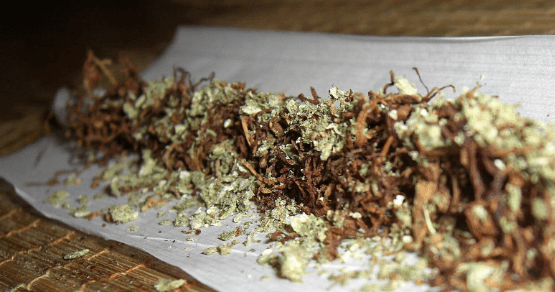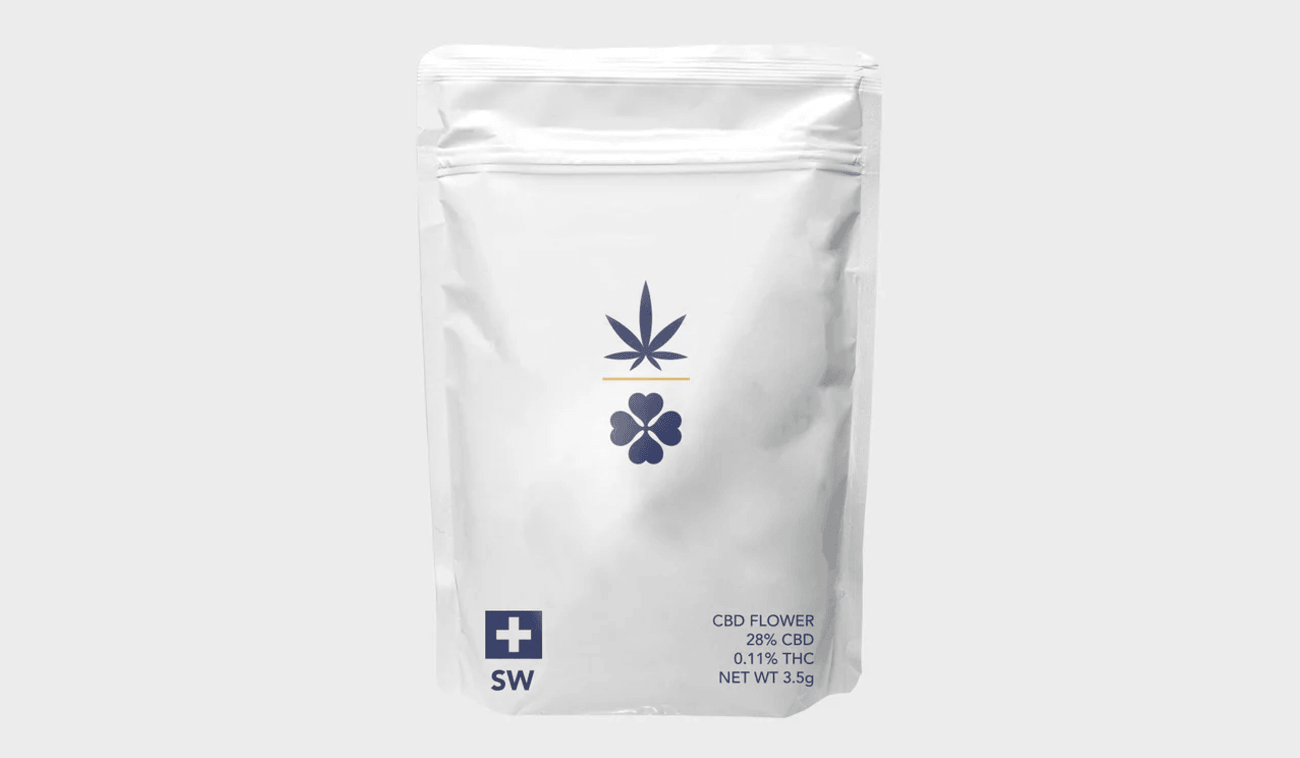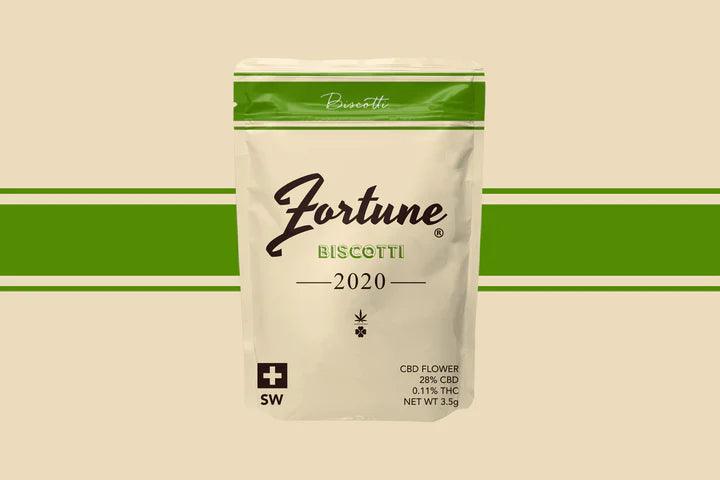The importance of the decarboxylating process cannot be stressed enough. This is the very process that allows you to fully enjoy the psychoactive effects of the cannabis you consume.
Tetrahydrocannabinol (THC) and cannabidiol (CBD) are the two most renowned plant cannabinoids found in cannabis. However, they are hardly present when the plant is in its growing phase. When the plant does produce these cannabinoids, they first appear in their acid form, commonly referred to as ‘raw’ cannabinoids. THC appears in the form of tetrahydrocannabinolic acid (THCA) while CBD appears in the form of cannabidiolic acid (CBDA).
Let’s take a detailed look at how cannabis decarboxylation happens, its importance before cooking or extracting oil from dried cannabis flower buds, and how to do it at home for making delicious cannabis edibles.
What is Decarboxylation?
Decarboxylation, commonly known by the informal term ‘decarbing’, is the very first step to take before transforming regular cannabis flower into cannabis topicals, cannabis edibles, cannabis oil infusions and much more. It is a chemical reaction that makes any cannabis edible feel more potent. Raw cannabis is heated at a certain temperature so that the chemical structure of the primary acid cannabinoids (namely THCA and CBDA) change to a neutral, non-acid form, i.e., THC and CBD, respectively.
While the cannabinoid acids THCA and CBDA may have potential health benefits, they are not intoxicating and won’t get you high. Even if you were to eat a whole raw cannabis flower bud, it is highly unlikely that you will feel any high-inducing effects of THC.
The process of decarboxylation removes the carboxyl group and releases carbon dioxide. If you really want to understand the science part of it, then you should know the main difference between the acid cannabinoids and their neutral counterparts is an additional -COOH bond. This is the carboxyl group, consisting of a carbon, oxygen, and hydrogen molecular cluster that the chemical reaction of decarboxylation sheds due to high temperature.
Decarboxylation happens when the cannabis is exposed to light, heat, solvents, or other chemicals. All of these can be easily utilised within your kitchen. As it is, the bond keeping the carboxyl group in place is quite weak and can be easily broken down by a combination of adequate time and heat.
Decarboxylation: Why is it so important?
You should understand that the process of decarboxylation is crucial when preparing cannabis for eating purposes. Any regular cooking process is typically not enough to fully decarb the cannabis. Nor does this reaction happen naturally in the stomach.
Now, it may seem somewhat counterintuitive to ‘cook’ the cannabis. Won’t it burn off all the good cannabinoids and make it less potent? The short answer is no, it won’t, as long as you know what you are doing and follow careful instructions which we will outline later.
Both acid and neutral forms of cannabinoids have a host of potential curative properties, but they also have different therapeutic attributes. If you truly want to experience the psychological high that cannabis flower is famous for, then the answer is vaping or smoking cannabis. This is because these methods readily decarboxylate the THCA into THC, which is the actual intoxicating cannabinoid.
Besides these methods, cannabis edibles are another great option for experiencing the euphoria associated with THC. Cannabis edibles are typically made by infusing any decarboxylated cannabis (be it oil, alcohol, or extract) into any type of food. Another interesting thing to note here is that if getting high isn’t your aim, it doesn’t matter if you’re eating a product with CBDA or CBD. While decarbing does change CBDA into CBD, neither of them have an intoxicating effect.
While medical research is primarily focused on the potential benefits of CBD and THC, there is also a rising interest in the therapeutic uses of acid cannabinoids. Some studies show that both THCA and CBDA have stress and pain-reducing, muscle relaxing and anti-nausea properties, among others.
Main factors that affect the decarboxylation process
There are several factors that can affect the outcome of your final product. Here are a few important ones that can impact cannabis decarboxylation.
-
Size of cannabis flower before decarboxylation
The size of the cannabis flower buds at the time of decarboxylation have a huge impact on the final product. If the buds are broken by hand into small pieces, they will cook differently than buds that have been ground finely into a uniform texture.
Here we would like to point out that while cannabis buds that have been put through a grinder have a more even surface area for heating, there are a few downsides. Firstly, by grinding the cannabis before the decarboxylation process, it is easier to lose much of the fine plant material on the sides of the grinder and in transferring containers. Secondly, grinding also removes more trichomes as compared to loosely breaking off the buds by hand.
In addition, decarboxylating the kief (finely ground cannabis) requires significantly more attention with respect to the cooking time and temperature. This is to prevent any denaturing or burning of the important compounds present in the plant.
-
Maintaining proper temperature control
When decarboxylating cannabis, it is crucial to maintain tight temperature controls at all times. Remember that while heat is necessary to decarboxylate, extremely high temperatures can actually destroy vital plant materials such as terpenes, that contribute positively to various health outcomes.
Each of the terpenes with its individual therapeutic health benefits also has an individual degree of sensitivity to heat. For instance, if you heat the cannabis above 149°C during the decarb process, you risk denaturing several important plant compounds.
-
Variability of home oven temperature
Due to the high variability of temperatures in various home ovens, tight temperature control becomes quite difficult. Even the same brand ovens can vary in temperature by 5-10 degrees. Thus, decarboxylating cannabis in traditional home ovens proves to be a difficult feat. For this reason, we recommend purchasing a digital oven-safe thermometer. This can help in tracking the temperature efficiently.
Moreover, you should also refrain from opening the oven door during the cooking process. Doing so greatly alters the oven temperature. The frequent opening can cause the temperature to drop and affect the reliability of the time and temperature recordings.
-
Variability of other kitchen equipment
Using different cooking equipment such as a slow cooker, instant pot, or crockpot can also significantly impact the final product. Even when set to the same setting, different crockpots can have varying temperatures. Therefore, as discussed before, the use of a digital oven-safe thermometer is highly recommended.
Decarboxylating cannabis: How is it done?
The rate of cannabinoids’ decarboxylation is directly correlated to heat and time. The hotter the temperature, the faster decarboxylation occurs. However, if there’s excess heat, there is a danger that the cannabinoids may break down into their oxidised by-products. The THCA in cannabis typically decarboxylates at approximately 104.4°C after 30-45 minutes of exposure. The complete decarboxylation process may require more time to happen.
It is important to remember that any temperature above 149°C can compromise the integrity of the various terpenoids and cannabinoids in cannabis. Therefore, a temperature range in the early 100’s is recommended for optimal decarboxylation.
An interesting fact is that CBDA and THCA decarboxylate at different rates. THCA typically decarbs slightly faster than CBDA. The good news is that waiting for any CBDA to convert into CBD does not have an adverse impact on the THC level.
Let’s now take a look at all the equipment you need to decarboxylate cannabis below.
Things you need:
- Cannabis
- Oven
- Baking sheet
- Parchment paper or aluminium foil (no wax paper)
Process:
- Preheat your oven to 110°C
- Line your baking sheet with the parchment paper or aluminium foil.
- Spread your broken up or ground cannabis flower onto the baking sheet. Remember that small pea-sized pieces are ideal for the heat to distribute evenly.
- Bake for 40 minutes
- Remove carefully from the oven, let the cannabis cool, and then use it for any infusions.
If you are not bothered about converting all CBDA into CBD, then you don’t have to heat all your cannabis for a full 40 minutes in the oven. 25 minutes is adequate time to fully decarboxylate THCA into THC.
Key takeaways
Decarboxylation is an important first step before transforming cannabis flower into any kind of cannabis edibles or cannabis topicals at home. This is because raw cannabis flower bud contains CBDA and THCA. These are non-intoxicating cannabinoid acids that need to be activated into the intoxicating THC and CBD.
Several factors affect the decarboxylation process. These include the strain and size of the cannabis flower, temperature control and the variability of a home oven and other kitchen equipment used. A close monitoring of the temperature is essential. Excess heat can damage the various terpenoids and cannabinoids in cannabis flower.
If you liked reading this, be sure to check our other blog on: Difference Between Hemp and Marijuana



